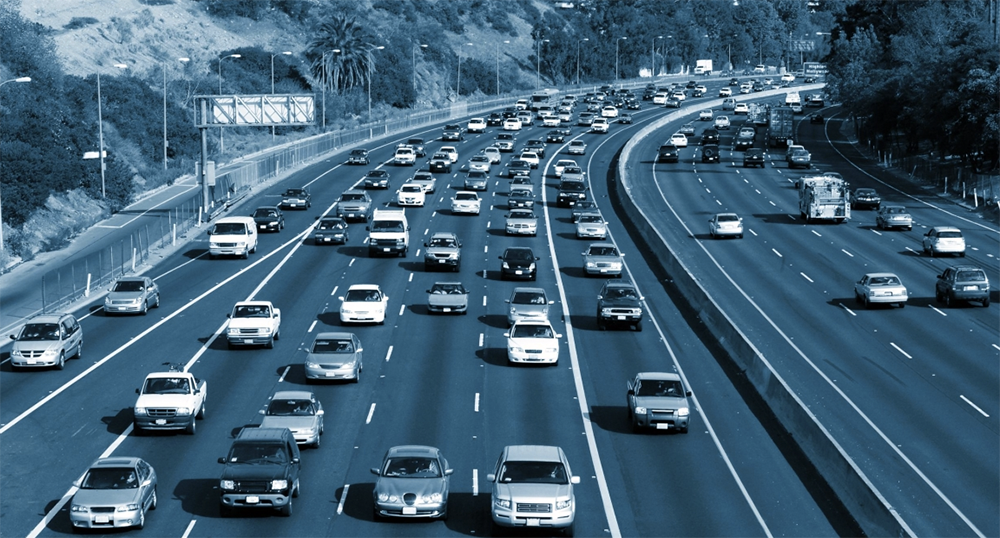by Deepti Kumra, South Hub Graduate Assistant
During the second South Big Data Hub Smart Cities community call, Daniel Morgan, chief data scientist for the U.S. Department of Transportation (DOT), addressed what he sees as the DOT’s biggest data challenges. The DOT is actively encouraging developers to come up with applications to improve public safety, facilitate access to transportation, and help the department better understand traffic congestion.

The biggest challenge the DOT faces is fatal crashes. In August 2016, the Census of Fatal Crashes revealed a loss of 35,072 lives on the road, a 7.2% increase compared to 2014. Hypothesized causes for this increase in fatal crashes are an improving economy leading to more travel, climate and weather changes, alcohol involvement, attitudes towards seat belt use, and distracted driving (for example drivers texting or talking on the phone). To understand why fatalities are on the rise, the DOT has started working with the private sector to bring more data to the table. Street Light Data is an initiative that processes a variety of data into metrics such as Zone Activity Analysis Metrics, Trip Attribute Metrics, and Traveller Attribute Metrics. This breakdown allows analysis of who is moving on the roads during different times of day and days of the week. Analysts use the tool to understand how traffic conditions change at a local level, which could allow the DOT to offer advice on changing systems to make roads safer. Another addition to the DOT’s smart cities focus is a recent Smart City Challenge, which encouraged cities throughout the country to share their most creative ideas for innovatively addressing challenges through data analysis and Intelligent Transportation Systems (ITS) technologies. SmartColumbUS was chosen as the winner because of the city’s Connected Columbus Transportation network, which is the central infrastructure driving its smart city application. The DOT found one of the most important elements of the SmartColumbUS initiative to be the connection of human services transportation needs to their smart city application. SmartColumbUS goals include safety, mobility, addressing climate change, and ladders of opportunity connecting people to healthcare, jobs, and education. Another key element of the program is an integrated data exchange that keeps all data open throughout the life of a project. The exchange will bring non-transportation data generated from the SmartColumbUS network and traditional transportation data from the city into one place that allows private sector, public sector, and academia to collaborate. In addition to SmartColumbusUS, the DOT is bringing even more pilot projects online - like the Advanced Transportation and Congestion Management Technologies Deployment (ATCMTD) awards and Mobility on Demand (MOD) Sandbox awards. These advanced transportation awards are ways in which state DOTs can help fund research for more data and solutions.
To learn about the South Big Data Hub and how it is helping people connect to and strengthen Smart Cities, follow or join our working group.
Related: Human Errors Drive Growing Death Toll in Auto Crashes
